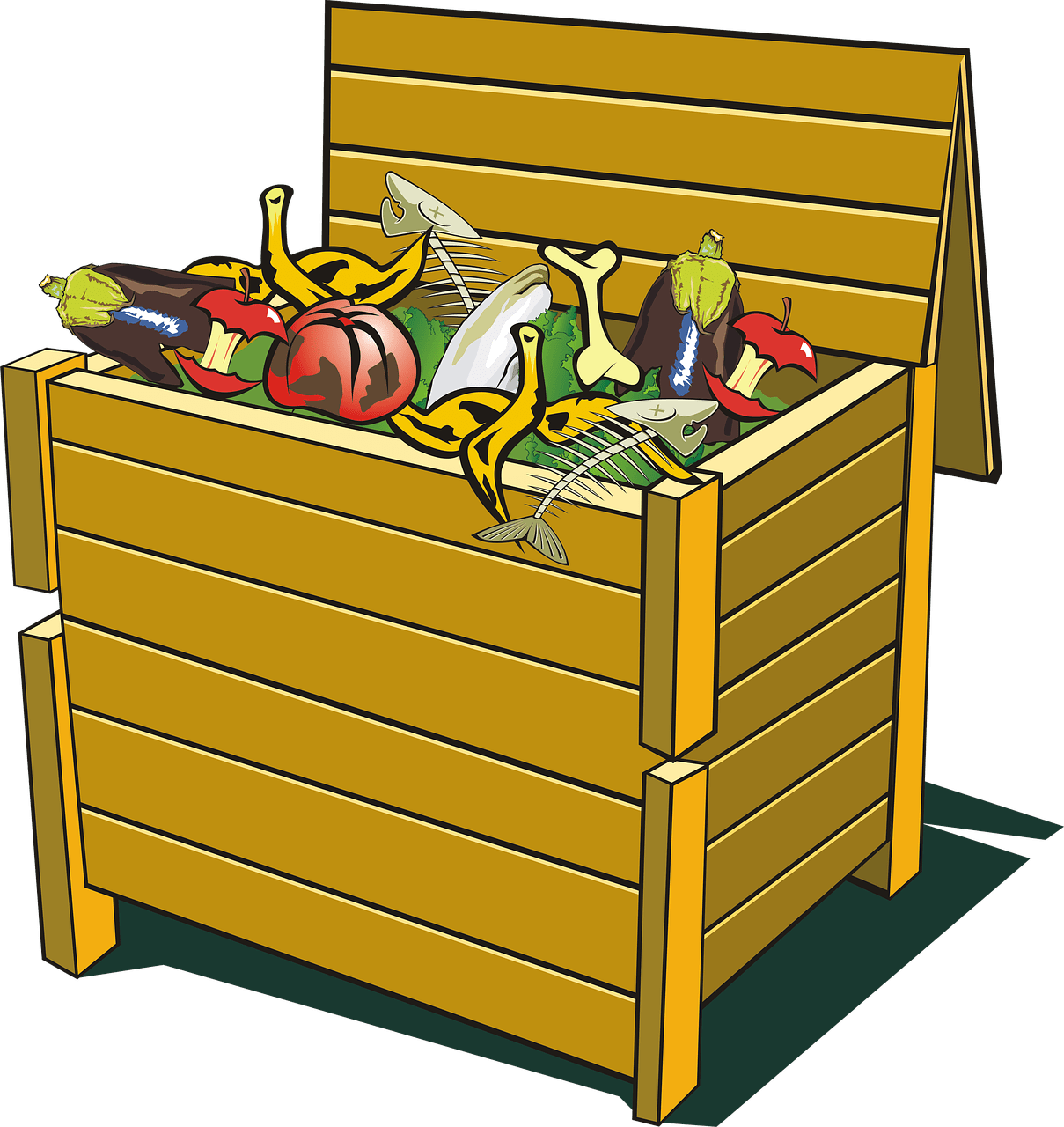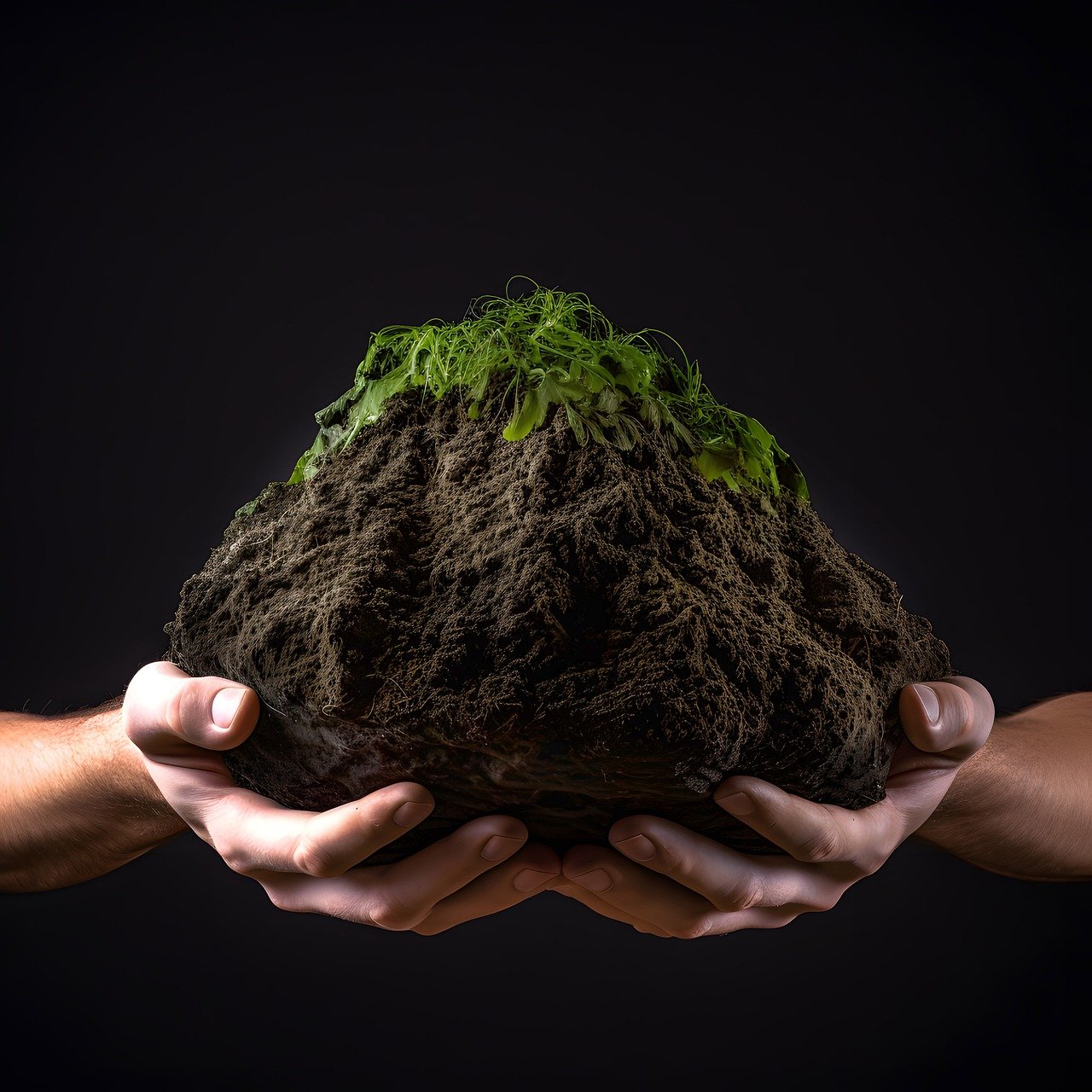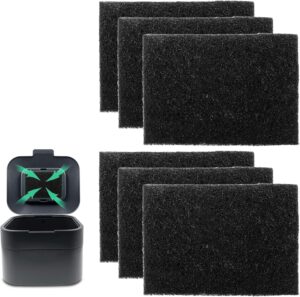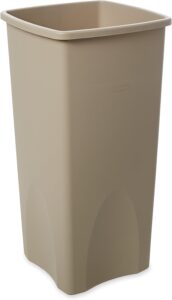In our bustling world, managing food waste efficiently has become a crucial task. “How Do I Compost Large Amounts of Food Waste?” provides us with practical and easy-to-follow strategies to transform surplus scraps into valuable compost, benefitting both our gardens and the environment. We explore various methods, from setting up large compost bins to utilizing community composting programs, ensuring we can all participate in this eco-friendly practice regardless of the scale of our efforts. Together, let’s turn our food waste into a powerful resource that fosters sustainability and promotes a healthier planet for everyone. Have you ever wondered how to compost large amounts of food waste? We totally get it – managing food waste on a larger scale can seem daunting, but fear not! We’ve got all the tips and tricks to make this sustainable practice more manageable and efficient. Ready to dive into the world of composting and turn those kitchen scraps into black gold? Let’s get started!
Understanding Composting Basics
Before we jump into handling large amounts, it’s essential to understand the basics of composting. Composting is nature’s way of recycling. It’s the process of turning organic material, like food waste, into nutrient-rich soil. This soil, commonly called compost, can then be used to enrich gardens and landscapes, offering a natural alternative to chemical fertilizers.
The Science Behind Composting
Composting relies on the decomposition process, which involves four key ingredients:
- Browns – Carbon-rich materials like dried leaves, cardboard, and paper.
- Greens – Nitrogen-rich materials such as vegetable scraps, coffee grounds, and grass clippings.
- Water – Essential for maintaining the right moisture levels.
- Oxygen – Crucial for aerobic decomposition and reducing odors.
These ingredients must be balanced correctly to create a healthy compost pile. An ideal compost mix typically has three parts brown materials to one part green materials.
Why Compost Large Amounts of Food Waste?
Composting might seem straightforward, but why should we focus on large-scale composting?
- Environmental Impact: Composting reduces the amount of waste sent to landfills, which consequently lowers greenhouse gas emissions.
- Resource Efficiency: Food waste is a valuable resource when converted into compost, enriching the soil and promoting sustainable agriculture.
- Cost Savings: Restaurants, cafeterias, and other large food waste generators can save on disposal fees and even end up with a valuable product – compost – that can be sold or used onsite.

Assessing Your Needs and Resources
The first step in composting large amounts of food waste is to assess your specific needs and resources. Let’s lay out some considerations.
How Much Food Waste Are We Talking About?
Start by estimating the amount of food waste you generate weekly. Are you working with the waste from a single large family, a restaurant, a school cafeteria, or a community garden?
What Space Do We Have Available?
Assess the space you have available for composting. Backyard composting may work for individual households, but larger operations may require dedicated space or even industrial composting facilities.
Available Tools and Equipment
Depending on the scale, you may need:
- Compost Bins: For backyard composting.
- Windrow Systems: Long rows of composting material turned mechanically.
- Aerated Static Piles: Passive composting with air pumped through the pile.
- In-Vessel Composters: Enclosed units for controlled composting.
Setting Up Your Composting System
Once we’ve assessed our needs and resources, it’s time to set up the composting system that works best for us.
Backyard Composting for Households
If you’re composting waste from a large family or shared housing, a backyard system might be ideal.
What You’ll Need:
- Compost Bins: These can be store-bought or homemade.
- Brown Materials: Collect leaves, cardboard, and paper.
- Green Materials: Gather kitchen scraps and other food waste.
- Turning Tools: A pitchfork or compost turning tool to aerate the pile.
- Setup: Place your compost bin in a convenient and accessible location.
- Layering: Start with a layer of brown materials followed by a layer of green materials.
- Water: Keep the pile moist but not soggy.
- Turning: Regularly turn the pile to ensure proper aeration.
Community Composting Efforts
Neighbors or community members can collaborate to manage large composting efforts.
What You’ll Need:
- Compost Sites: This could be communal gardens or designated spaces.
- Waste Collection: Schedule regular waste collection from members.
- Volunteers or Workers: To manage and monitor the compost.
- Organize: Form a group and assign roles.
- Set Up: Establish composting sites and setup bins or other systems.
- Educate: Teach community members what can and can’t be composted.
Large-Scale Operations: Restaurants, Schools, and Facilities
For restaurants, schools, or large cafeterias, a more industrial approach may be necessary.
What You’ll Need:
- Composting Facility or Partner: Partner with local composting facilities or set up your own.
- Transportation: Vehicles for transporting food waste.
- Staff Training: Ensure staff are knowledgeable about waste separation and composting practices.
- Waste Separation: Implement a robust system for separating compostable waste from non-compostables.
- Collection Schedule: Establish a regular collection schedule to keep operations smooth.
- Processing: Use industrial composters or partner with local composting facilities for processing.

Managing Your Compost Pile
Once your system is in place, ongoing management will ensure it runs smoothly.
Monitoring Temperature and Moisture
Maintaining the right temperature and moisture levels is crucial for decomposition.
Temperature:
- Ideal Range: 110-160°F (43-71°C)
- Monitoring: Use a compost thermometer to monitor temperature.
Moisture:
- Ideal Range: Should feel like a wrung-out sponge.
- Adjusting Moisture: Add water if too dry, or browns if too wet.
Turning and Aerating
Regularly turning your compost pile introduces oxygen, crucial for aerobic decomposition. For large piles, mechanical turners might be necessary.
Frequency:
- Small Piles: Turn every few days.
- Large Piles: Turn weekly or as needed.
Managing Odors
Proper management can prevent unpleasant odors.
Tips:
- Balance Browns and Greens: Ensure a proper ratio.
- Aeration: Turn the pile regularly.
- Cover Food Waste: Use browns to cover new green additions.
Troubleshooting Common Issues
Even the best-managed compost piles can run into problems. Here’s a handy table to address common issues:
| Issue | Solution |
|---|---|
| Bad Odor | Check moisture levels and add more browns. |
| Slow Decomposition | Add more greens and turn the pile regularly. |
| Pile Not Heating Up | Increase greens or insulate the pile. |
| Too Wet (Soggy) | Add dry browns like leaves or cardboard. |
| Pest Infestation (e.g., rats) | Cover food waste and turn the pile frequently. |
| Too Dry | Sprinkle water and add more greens. |

Harvesting and Using Your Compost
After weeks or months of careful management, it’s time to harvest the fruits of our labor.
How to Know It’s Ready
The compost should be dark, crumbly, and have an earthy smell. The original materials should no longer be recognizable.
Using Your Finished Compost
- Gardens and Landscapes: Enrich garden beds and plantings.
- Houseplants: Mix with potting soil.
- Lawns: Spread thin layers to boost lawn health.
Going Above and Beyond
Ready to take your composting efforts to the next level? Here are additional strategies to maximize your impact.
Vermicomposting
This is composting with worms. It’s a great way to process food scraps more quickly and efficiently.
Setting Up a Worm Bin:
- Container: Use a plastic bin with air holes.
- Bedding: Add shredded newspaper or cardboard.
- Worms: Red wigglers are the best type.
- Feeding: Add food scraps regularly and avoid meat, dairy, or oily foods.
Bokashi Composting
A method from Japan that ferments food waste using special bran and creates rich compost quickly.
How to Start Bokashi:
- Bokashi Bran: Purchase online or from garden stores.
- Bokashi Bin: A specific bokashi bucket with a spigot.
- Process: Add food waste with a layer of bokashi bran and press down to remove air.
Compost Tea
Compost tea is a liquid produced by steeping compost in water. It can be used as a nutrient-rich soil booster for plants.
How to Make Compost Tea:
- Container: Use a large bucket.
- Compost: Place compost in a mesh bag.
- Water: Submerge the bag in water.
- Aerate: Use an aquarium pump to bubble air for 24-48 hours.
Encouraging Community Participation
Large-scale composting benefits greatly from community participation. Here are ways to get others involved:
Educational Workshops
Host workshops to educate others about the benefits and methods of composting.
Composting Challenges and Competitions
Engage the community by organizing challenges to see who can produce the most compost or reduce waste the most.
Partner with Schools and Local Businesses
Form partnerships to promote composting initiatives and make resources accessible.
Create a Drop-off Program
Set up drop-off points in accessible locations where people can bring their food scraps for composting.
Final Thoughts
Composting large amounts of food waste is not just environmentally friendly but immensely rewarding. By taking purposeful steps, assessing our needs, setting up the right systems, and managing our compost piles with care, we transform waste into a valuable resource.
Let’s continue to work together to reduce waste, enrich our soils, and contribute positively to our environment. Whether we’re composting as individuals, a community, or a large organization, every effort counts. Happy composting!



